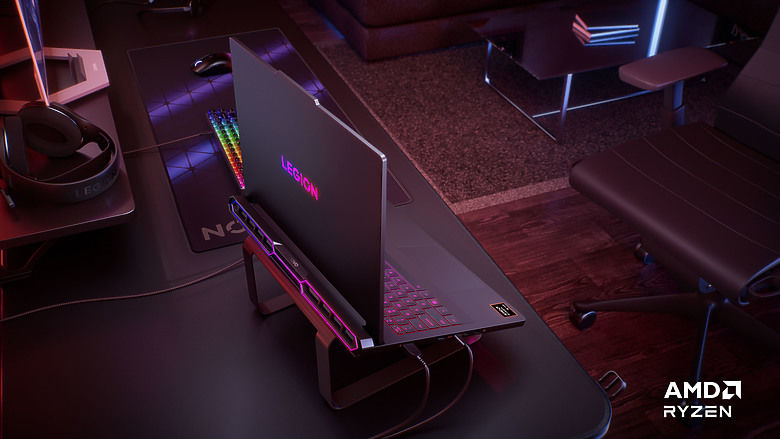最近剛入手 OCZ core V2 SSD,雖然還沒安裝,但是在 OCZ 論壇上看到重要 SSD 效能調校大突破。
http://www.ocztechnologyforum.com/forum/showthread.php?t=46804
大意是,利用微軟的 SteadyState 的 Disk Protected Volume 的硬碟保護方式,讓對 SSD 上效率不佳的隨機寫入改變成循序寫入至使用者保留的固定暫存 cache 檔,到關機或重新開機前才將所有改變寫到相應檔案去。
安裝說明
Before proceeding make sure that you have a well functioning installation of Windows with updates applied. Make sure that you do not have any other software with Disk Protection features installed (e.g. installing SteadyState on a system with Acronis True Image Home results in a BSOD).
1. If you opted for the “safe” alternative, make sure that your SSD has an appropriately sized data partition before installing SteadyState
2. Download Windows SteadyState http://go.microsoft.com/fwlink/?LinkID=117104
3. Download Windows Steady State Handbook http://go.microsoft.com/fwlink/?LinkID=117101 (and preferably read it)
4. Install Windows SteadyState
5. Start Windows SteadyState
6. Remove all Computer Restrictions (maybe keep "do not store LAN Manager Hash values" if you are security conscious).
7. Turn on Windows Disk Protection (the system will restart and create the write cache file)
8. Start Windows SteadyState and change the protection level to “Retain all changes permanently”
9. Optionally adjust the size of the cache file downwards. I found that cache file sizes of less than 4GB gave better performance.
挑重點翻譯
安裝 SteadyState 前最好把做完整更新且確定系統正常,具有 Disk Protection 功能的程式 (例如 Acronis True Image 裡有個 Try&Decide 功能會用到),會有系統衝突造成藍色死屏。
1. 可以把整個含 Windows 的分割區做成保護碟,或是劃出另一個不受 SteadyState 管理的獨立分割區放資料。
2. 到微軟網頁 http://go.microsoft.com/fwlink/?LinkID=117104 下載 SteadyState (需 WGA)
3. 有空盡量看一下說明書 http://go.microsoft.com/fwlink/?LinkID=117101
4. 安裝 SteadyState
5. 啟動 SteadyState
6. 將所有 Computer Restrictions 關掉 (重視網路安全的 'do not store LAN Manager Hash values' 可以留下來)
7. 啟動 Windows Disk Protection (需重開機讓系統建立寫入快取檔案)
8. 啟動 SteadyState 後,將保護層級設成 'Retain all changes permanently (保留所有寫入硬碟的變動)'
9. 可以將寫入快取檔大小調低些,4GB 以下看來效能比較好
另外有幾個可以搭配的撇步
也可以參考 http://www.ocztechnologyforum.com/forum/showthread.php?t=43460
關掉 Windows Search 及 Indexing service 減少隨機寫入動作
關掉休眠減少空間浪費及寫入動作
關掉 Windows Prefetch
加大記憶體後關掉分頁虛擬記憶體
用 NTFS 檔案系統的關掉 time stamp for last access 及 change journal
改用 Opera 瀏覽器 (www.opera.com/download 最新版 9.62 選 international 版) 後,小筆電需到 功能設定->進階->字型,將最小的字型(點),加大到10,讓中文在 1024x600 螢幕正常顯示。再到 功能設定->進階->瀏覽記錄,把硬碟快取關掉,加大記憶體快取。功能設定->進階->快速鍵->開啟使用滑鼠瀏覽功能後,配合 F11 切換全螢幕及 Ctrl+Tab 切換頁籤顯示(或用滑鼠右鍵加中滾輪選頁籤),加上按著右鍵後點左鍵的上一頁與按著左鍵後點右鍵的下一頁。
我得等今晚才能試試這個剛由 OCZ 論壇 therookie 網友找出的方法,願意嘗試的也請有機會上來報告一下測試結果,謝謝啦。
ynanlin wrote:
最近剛入手 OCZ ...(恕刪)
我的環境是 WINXP SP3 + ThinkPad all Driver & Service + Symantec SEP + MSN 9 + GMail
基本上開機該常駐駐的程式我都常駐了,畢竟這樣最像"一般使用者"灌完電腦後的狀態。
眾所皆知,MLC SSD 在多工效能上遠遜於 SLC SSD...
以上訴測試環境而言,我覺得單碟 160GB 7200轉的硬碟開機都比 MLC SSD 來得順暢!
但是一旦開機程序完畢,SSD 的優勢就會展現出來,應用程式開得飛快...
當然,真的要比快,SLC SSD 還是最快,只是實在是太貴了!
昨個夜裡照著OCZ官網上的"訣竅",優化了WINXP的 Registry key,並安裝了 MS 的 SteadyState
設定完成後,MLC SSD 開機的速度大概增加了一倍,關機也變得比較快,
但是每次"重新開機" or "關機" 後的下一次開機,電腦將會開機兩次,
一次是將上次的變更寫進硬碟,另一次才是真的開機...
一來一往,其實總開機的速度,只有比未使用 SteadyState 好一點...
但是就操作順暢度而言,使用SteadyState是覺對有幫助的
給大家參考!
The current version 2.5 of SteadyState has a known issue of completely losing all cached data for the current Windows session in the event of a power failure or total system lockup, so users are advised to store important information such as documents, photos and Outlook ost/pst files on a separate partition that will not be covered by SteadyState's protection.
簡單來說,如果系統發生當機或忽然斷電(筆電應該比較不會發生斷電),所有未寫入的資料都會遺失 @@ 因此一些重要的資料,例如工作文件,outlook pst等,還是應該不要使用steadystate.
但,最容易造成lag的就是outlook的pst 檔案, 如果為了e-mail安全而不使用steadystate,還是無解

另外,MLC 多工效能並非遠遜於SLC喔!主要還是要看controller晶片. Intel X-25M 就表現得相當好
Anandtech 多工環境測試






























































































